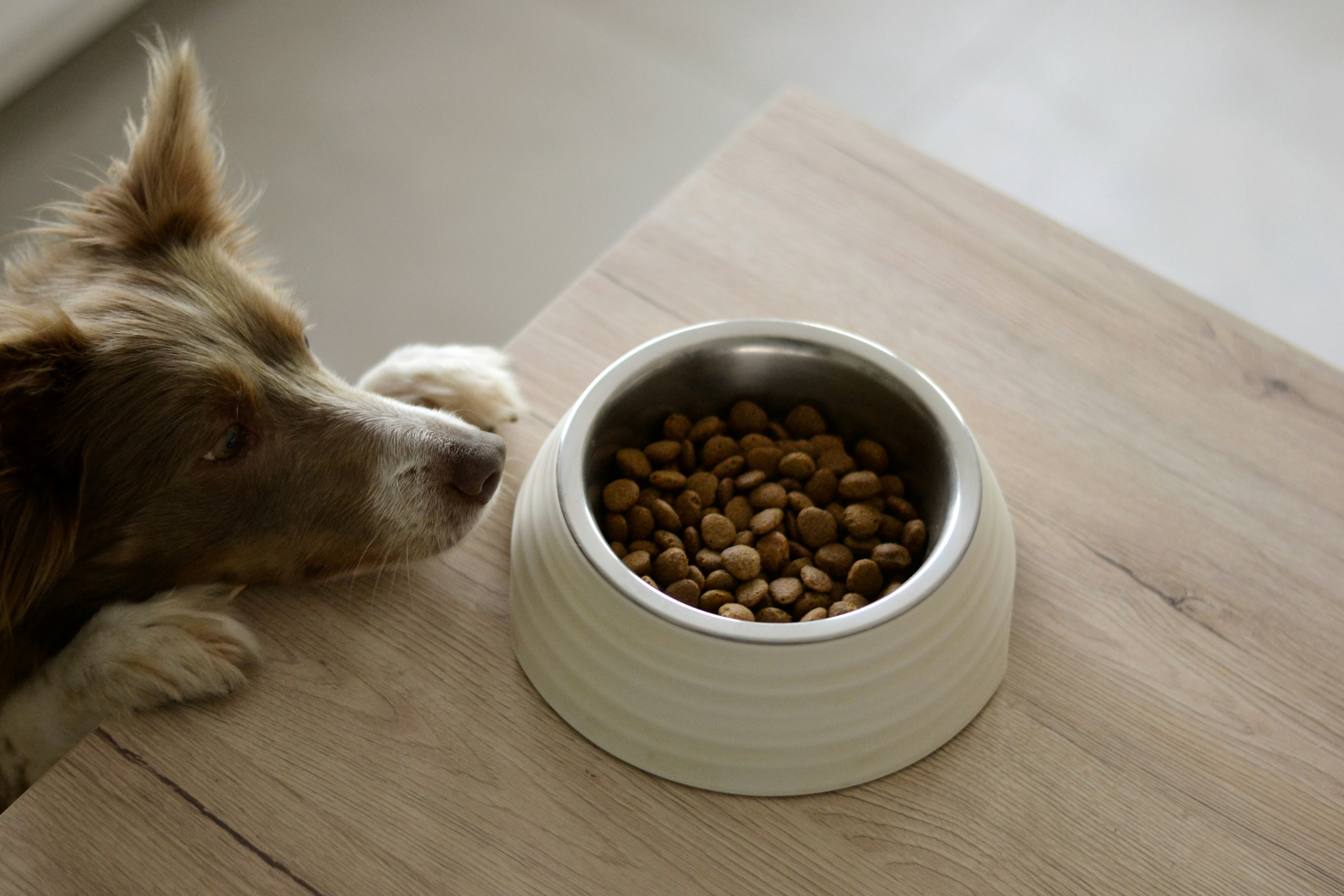Tantalizing Trends: The Culinary Magic of Zero-Waste Cooking
Ready to explore a fresh, environmentally friendly trend in the culinary world? Zero-waste cooking, an innovative approach to meal preparation that aims to minimize food waste, is gaining momentum among gastronomes worldwide. Read below to delve into this fascinating topic.

The Essence of Zero-Waste Cooking
Zero-waste cooking is a culinary philosophy that encourages the use of every edible part of food items, thereby reducing waste. The concept isn’t new; our ancestors practiced it out of necessity. Today, it’s a response to the staggering amount of food wasted globally - approximately one-third of all food produced for human consumption, according to the Food and Agriculture Organization.
Benefits of Embracing Zero-Waste Cooking
Adopting a zero-waste approach in your kitchen has multiple benefits. Apart from contributing to environmental sustainability by reducing waste, it can also help you save money. Since you’re using all edible parts of your ingredients, you’ll be purchasing less. Additionally, it encourages creativity in meal preparation and can lead to the discovery of new, delightful flavors.
How to Implement Zero-Waste Cooking
Start by planning your meals to avoid buying unnecessary ingredients. Learn how to store food properly to extend its shelf life. Compost any unavoidable waste, like coffee grounds or eggshells. Most importantly, get creative with your ingredients! Use beet greens in a salad, turn stale bread into croutons, or make a flavorful broth with vegetable peels and bones.
Useful Tips and Facts:
-
Food preservation techniques, such as pickling, fermenting, and freezing, can help you reduce waste.
-
Root-to-stem cooking is a popular zero-waste trend that involves using all parts of a vegetable, including the roots, stems, and leaves.
-
Nose-to-tail cooking is a similar concept that applies to meat, where every part of the animal is used.
-
Shopping in bulk and bringing your own containers can help reduce packaging waste.
The Future of Zero-Waste Cooking
The zero-waste cooking trend is likely to continue growing as more people become aware of the environmental impact of food waste. Restaurants are also jumping on the bandwagon, with some even boasting entirely waste-free menus. This trend reflects a broader shift towards sustainable living and responsible consumption.
Zero-Waste Cooking and the Art of Dining
Zero-waste cooking doesn’t mean compromising on taste or the dining experience. On the contrary, it makes dining more meaningful. Each meal becomes a testament to creativity, resourcefulness, and respect for the environment. It’s an experience that engages not just the palate, but also the conscience.
In conclusion, zero-waste cooking is a culinary trend that aligns with our growing awareness of sustainability. It’s a practice that brings benefits to our planet, our wallets, and our palates. Engaging with this trend means enjoying the art of dining while contributing to a more sustainable future.




